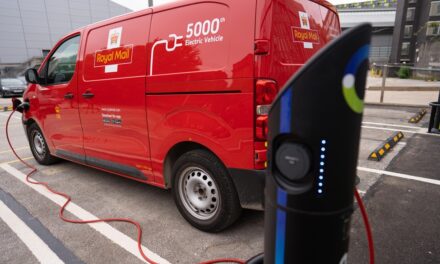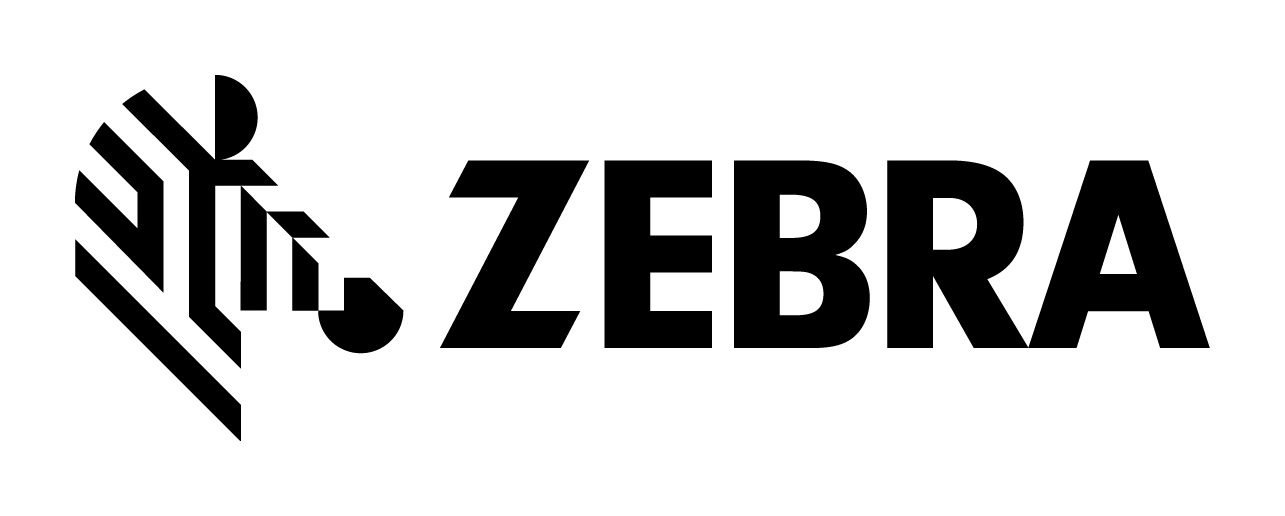
US seeking answers to inbound mail security delays
The US Department of Homeland Security (DHS) revealed yesterday a number of ways it is working to improve the flow of parcels and packages into the United States. Security measures put in place after last October’s discovery of explosive items in cargo aircraft have become a serious frustration for postal operators and shippers – and a significant barrier to trade.
But the situation is still evolving, with a current priority by the US Transportation Security Administration (TSA) on items sent through passenger aircraft rather than cargo-only aircraft.
Speaking yesterday at the World Mail and Express Americas conference in Mexico City, DHS official Philip Warker acknowledged the difficulties faced by the industry and frustrations with the “moving target” of security requirements.
“It’s a tough business we are in, but we do not want a plane to go down because of a mail bomb,” he said, but insisted the current situation was only temporary, and that improvements were on the way.
Warker, who heads up the mail issues at the Office International Affairs in the DHS, said discussions were being held at the highest level into improving the situation for mail, and that now was the time for the industry to provide ideas and solutions.
He highlighted the importance of discussions between the DHS and the likes of the World Trade Organization, Universal Postal Union, PostEurop and major postal operators including the US Postal Service in working to improve the collection and handling of advanced notice data.
Work by the UPU to develop standards would also streamline security processes, he said.
Screening
With the key emphasis of the TSA security measures on the screening of packages, Warker said bag-level screening technology was now beginning to be accepted, rather than only individual piece screening.
Postal companies suggested that such a move could help deal with a “majority” of backlog problems.
Warker also said the use of more risk management approaches to security, the adoption of internationally-developed postal standards and the recognition of certified companies and mail-handling buildings were also currently part of discussions to improve the situation.
Thomas Kipp, DHL Global Mail chief executive, said yesterday that the security measures imposed by the US Transport Security Administration had “really put a lot of stress on things”.
Nevertheless, he told Post&Parcel that DHL was attempting to be pragmatic on the situation, working with the DHS and TSA.
“DHL is meeting all the requirements and exceeding them,” he said. “We’re still not out of it, but then there never will be 100% security.”
Known and unknown senders
A big problem for shippers has come from the demands for the handling of items from “unknown senders” in the TSA’s layered security system. Such items must be screened and sit through a four-day waiting period before they can be released, leading to delays and shipping backlogs.
Efforts to streamline procedures for items from “known mailers” have not been helped by the difficulty of defining and certifying “known mailers”.
According to TSA guidelines, a known mailer is someone who has an account with a foreign post or shipper, and has been doing business with the operator for at least 30 days. However, it is for the shipper to determine and vouch for a known mailer, the TSA itself does not determine a mailer’s status directly.
Carl-Gerold Mende, board member at Austria Post, said the TSA was “correctly concerned about the unknown sender”, and that postal companies had been thinking about security issues for “years and years”.
“We have to recognize that the parcels we ship between countries pose an opportunity for terrorists and pose a threat to the public,” he said. “But the real unknown sender is the tiny minority – the majority is customers trying to build a business on shipping in products. The regulations have become a real barrier.”
Warker accepted yesterday that the “known sender” concept was not ideal.
He stated that certification of operators and mail-processing hubs would soon be recognized in the TSA system, telling Post&Parcel that he believed such a move would be an important part of improving the situation.
“If you meet the requirements and you have a certified building, there shouldn’t be a problem,” he said, adding that DHS officials recognized that the required waiting period for mail items did not help with threats such as pressure-activated devices.













